
Some sad news to report on the blog this week. I got word that long-time Industrial Designer at Atari coin-operated division, Mike Jang, has passed away.
I’ve known Mike since 2016, and whilst we never met, he was always on the other end of an email answering my questions and providing really valuable input into my articles here on the blog, and especially so for my book Missile Commander. Mike has always been approachable and happy to share his knowledge and deep insight into the industrial design processes at Atari.
Learning his craft at San Jose State University, Mike joined Atari’s Industrial Design team during the mid 70s and remained there through the eighties. This meant he was fortunate enough to witness the explosion of Atari’s fortunes right through the Golden Age of arcade videogaming. He was right there in the engine room of Atari contributing to the coin-op division’s game output.
As an Industrial Designer, his main role was to refine the ergonomics of arcade cabinets – he was a big advocate of making sure that the physical interface players used to interact with Atari’s game cabinets was just right; and if that meant bespoke controls, parts and mouldings were required, then he would push the company to make it happen. He brought his own artistic flair to his design work, creating some of the most iconic cabinets from the era.

It is very easy to take for granted some of Atari’s cabinet design choices, but all were deeply thought through by Mike and his team, extensively tested and then produced – mostly in-house – resulting in the most varied portfolio of arcade cabinets ever produced by one manufacturer. Atari were the industry leaders in this regard by a country mile. Mike’s work was extensive and he was responsible for many of Atari’s patents, made in his name.
This picture was taken in 1981. Mike is captured here discussing the design of Atari’s Asteroids Deluxe cabinet with colleague Dave Cook:

Mike had the opportunity to fly to Atari Ireland to oversee the initial production of one his cabinets, Roadblasters. Whilst there, he shared these photographs with me that he personally took at the Tipperary facility:



I documented in my book the extensive work that Mike put into the original design of the Missile Command prototype cabinet. He had this to say:
Arcade games were pre-CAD so we drew up the cabinet with drafting tables, pencil, and paper. Each piece of wood or plastic was drawn and sent to the engineering woodshop to be built. Metal parts went to another in house shop. Everything was done inside our building so as to keep the game secret from the competition.
Extract from interview with Mike Jang discussing the industrial design process at Atari


Mike sketched out the initial ideas for Missile Command, based on US military nuclear consoles – keeping the vibe relevant to the game’s subject matter:

The first main goal is to build a game that is put out for testing. Usually only one was built since one never knew if it will make mega bucks or no bucks. If the first test goes good, we might build and test more. That was a sales and marketing call. If it tested good, there would be a big push to go into production as soon as possible. Reason being, unscrupulous companies would spot a game on test and start making their own illegal copies. It’s better to get the game out and sell as many as possible before the copiers showed up. That was more cost effective than going to court and sue.
Extract from interview with Mike Jang discussing the industrial design process at Atari
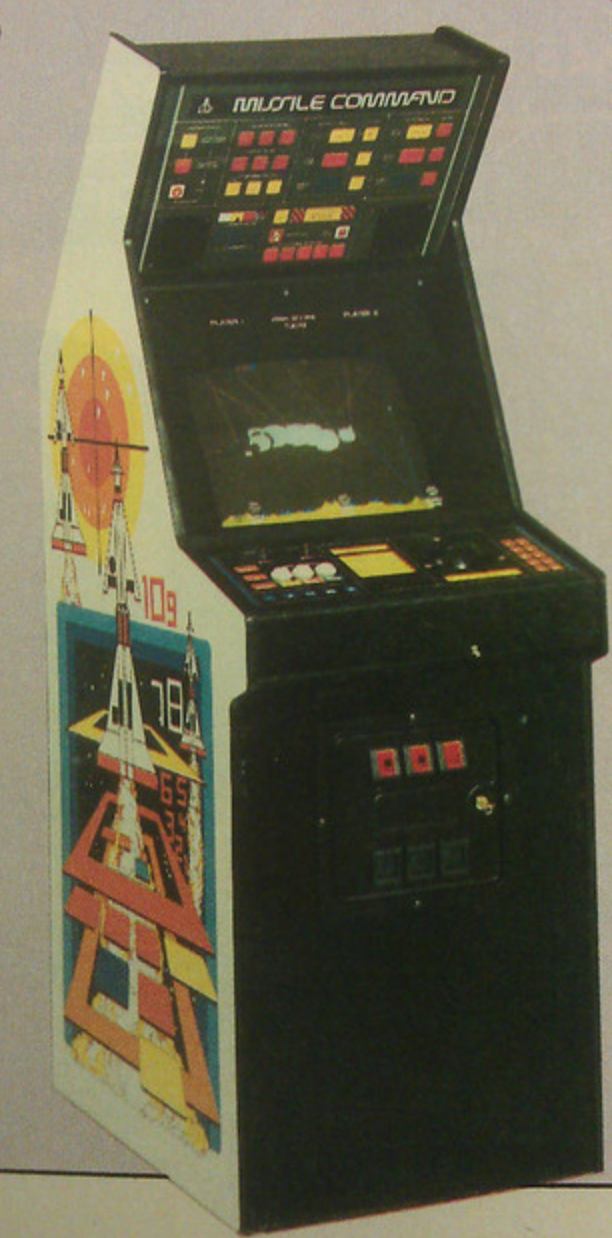
When the original Missile Command cabinet came back from testing with negative feedback about the large marquee, he went back to his design sketch and made a pretty dramatic change:

As you can see, a key part of Mikes job, was to provide solutions to problems arising from creating arcade cabinets, testing hardware, either internally or out in the field, inevitably creates issues that will need fixing, requiring the industrial design team to go back to the drawing board to amend their initial creations. This would be a pretty thankless task as you can imagine, but Mike was happy to oblige most requests.
I didn’t interact with Mike Jang a great deal, but when I was doing temperature testing of the games and found the temperature inside was too high Mike didn’t have a problem putting in a vent, sometimes an extra vent, and sometimes a fan.
Jed Margolin, Atari engineer and colleague
Here are some more cabinet designs that Mike was responsible for during his time at Atari:



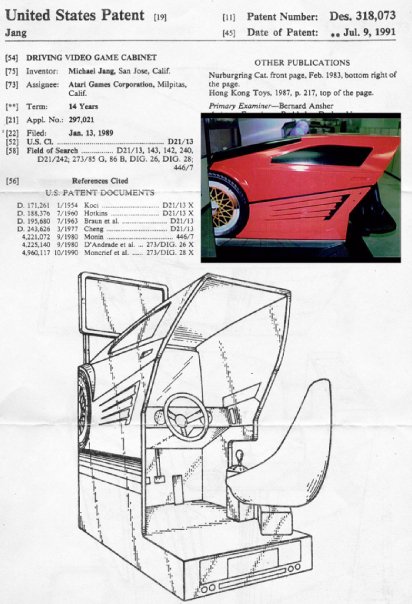

I spoke to Mike about his work on the Star Wars cabinet, and he had this to say:
I started the concepts for the Star Wars cabinet and later another designer did more detailed work on the plastic part in front of the monitor. One of the main elements I sketched up were the hydraulic ram shapes on the plastic parts. Those rams were often seen in the movie, especially the ramp to the Millennium Falcon. Also I wanted to continue the mechanical theme by adding that truss style design to the sides of the roof. I was concerned because that was a particle board part that was cut with an angled router bit. Then the bare particle board was just painted black. I was worried about the wood texture appearance but nobody noticed after everything else was put in place.
Mike Jang discussing Star Wars cabinet design

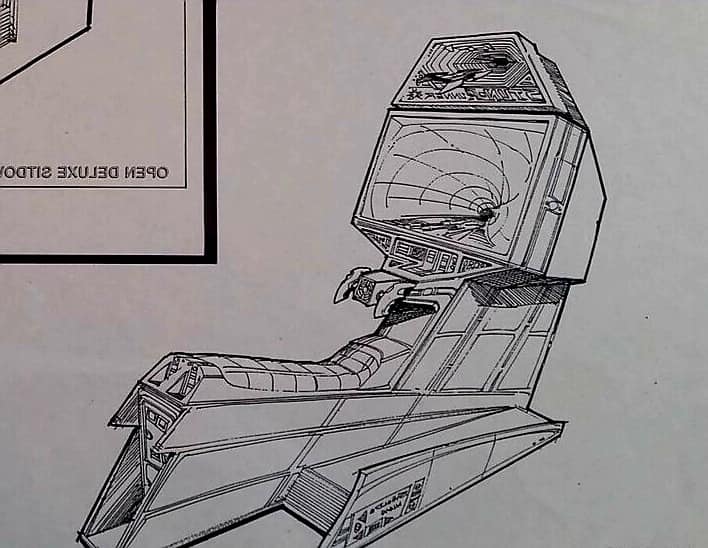

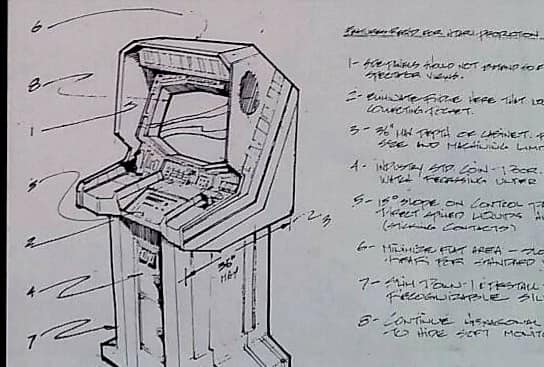
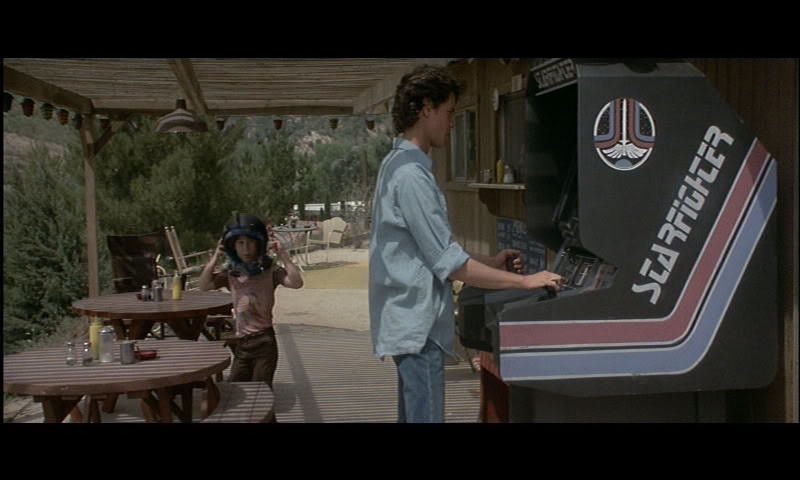

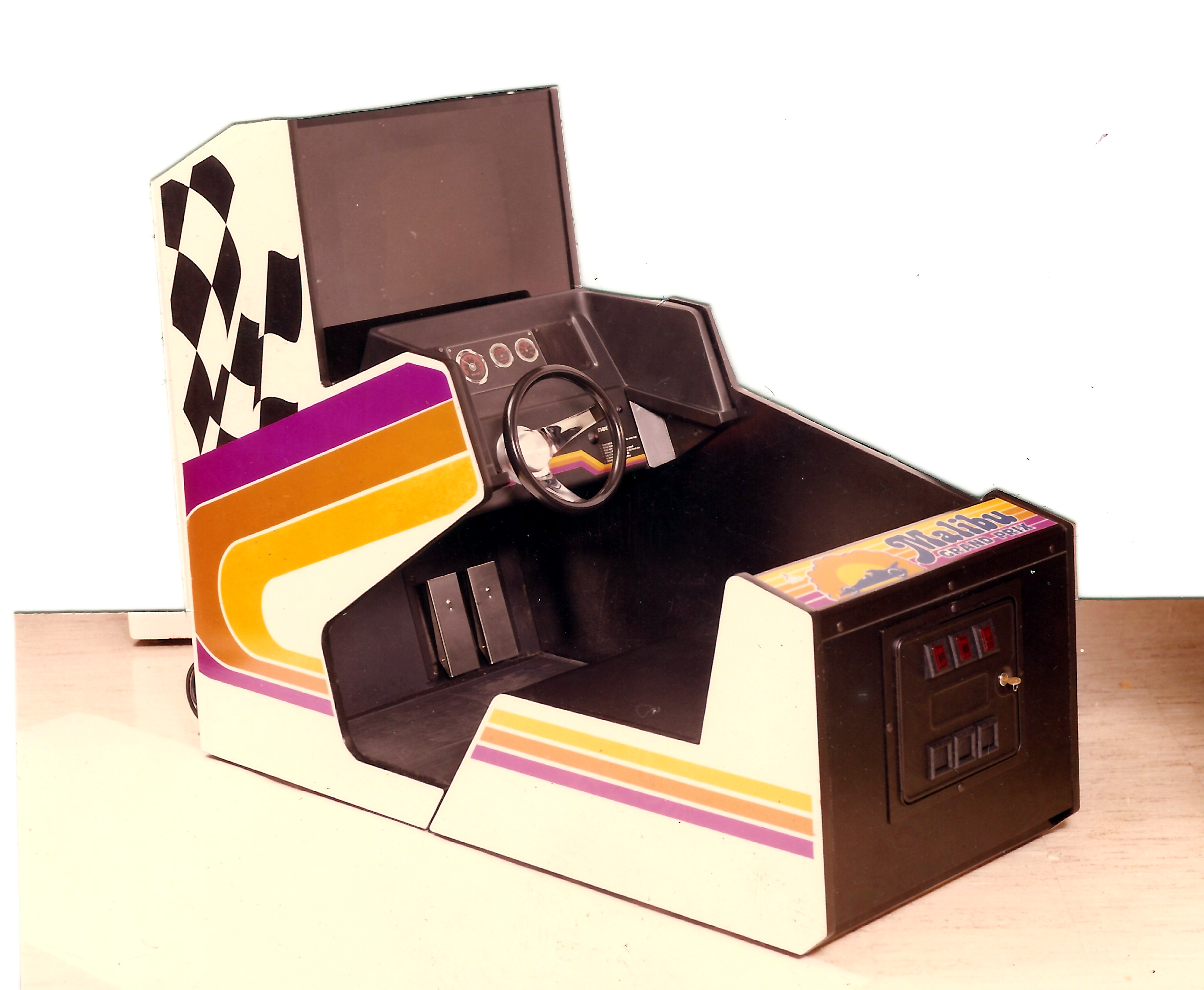
Another two games that spring to mind are Firefox, where Mike was responsible for the control panel design, and Hydra which used one of Mike’s full cabinet sketches.
His full discography of arcade cabinet design is too extensive to cover here, but his work spanned almost two decades and was extremely varied as you can see.
Post Atari, Mike was big on Hot Rodding and took his design skills to mock up car designs. Here is his 1951 Mercury coupe that he acquired in 1989 and spent many hours meticulously customising. He still owned this car right up to his passing:

Arcadeblogger.com is a richer experience thanks to Mike’s input over the years, and my book would be a lesser tome were it not for Mike’s unique perspective and detail on the events leading up to, and after, the creation of the prototype Missile Command cabinet.

Although Mike is no longer with us, his design legacy does live on in some of the fantastic looking arcade hardware he created – have a look out for these machines next time you’re at an arcade, and raise a glass when you play.
One of the things that Mike did recently, was to donate all of his old Atari documents for archiving at Stanford University. The Michael Jang collection of Atari materials, 1978-1991 can be accessed and viewed by researchers for years to come, which is great news.
Mike I’m sure will be deeply missed by his Atari colleagues, who speak very highly of him as a designer, but also a friend and person; and based on my interactions with him, I would absolutely echo those sentiments here and send condolences to his family and friends.
I hope in a small way, this tribute highlights some of Mike’s superb work.
See you next time.
Tony






